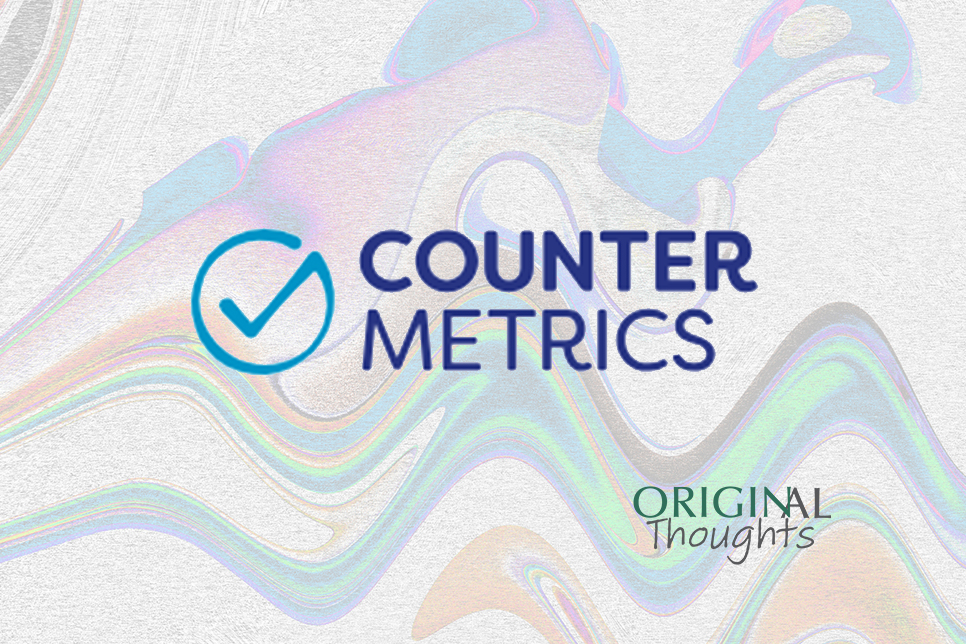The Leading Service Provider to Scholarly Publishers and the Fastest Turnaround Times in the Industry
With comprehensive production management and issue- or article-based workflows, working with KGL translates to the right solution, at the right time, for the right price. Our full-service editorial and production offices both onshore and offshore, enable KGL to “right-shore” a solution that best aligns to publishers’ requirements.
We have deep experience in creating custom workflow solutions and are skilled at adapting to the unique and specialized needs of association publishers.

 Record-setting Speed
Record-setting Speed
KGL transforms your content from manuscript to composed pages with the fastest turnaround times in the industry. With our combination of onshore and offshore resources using Smart Suite®, shelf-time is reduced by up to 4 days.
 Quality Assurance
Quality Assurance
We measure performance of our journal program utilizing standard KPIs that have been implemented across our journal publishing services portfolio:
- Dashboard and metrics
- Publisher-specific KPIs
- Internal feedback mechanism
- Analysis of author/PE corrections
- Customer feedback analysis/weekly reporting
- “Right first time” approach
- Rigorous analysis of errors to ensure a thorough understanding of the source of the error, including methods such as “5 Whys”
- ISO/ISMS certified operations
what our Customers say about us
Latest Insights

KGL Accucoms wanted to understand the key priorities and pain points for publishers as they expand into new regions. We asked some of our publishing contacts to share their views with us and uncovered a wealth of insights—both regarding the hurdles they face and the opportunities they are eager to seize.

We spoke to Adam Day, Founder and CEO of Clear Skies Ltd., to understand how Papermill Alarm works, what drives the rise of research fraud, and how publishers can use these insights to safeguard the trustworthiness of their journals.

Tasha Mellins-Cohen and Siân Harris of COUNTER Metrics, explain how COUNTER works, what it counts, and why your editorial and publishing teams should consider it essential business intelligence.


 Record-setting Speed
Record-setting Speed Quality Assurance
Quality Assurance

